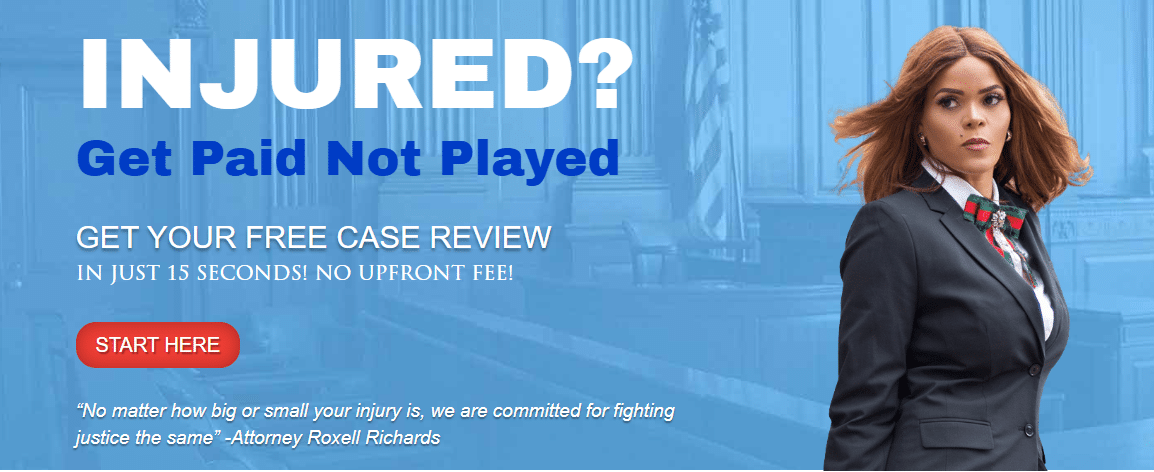How to Handle a Car Accident with an Uninsured Driver
Car accidents are distressing events for anyone involved, but when you’re involved in an accident with an uninsured driver, the consequences can feel even more overwhelming. While most drivers rely on car insurance for financial protection, the unfortunate reality is that not all drivers have insurance. Many people drive without insurance coverage, leaving those involved in accidents facing significant economic and legal challenges.
If you’ve been in a car accident with an uninsured driver, you might wonder: What now? How do you recover damages? What are your legal options? Will your insurance cover your medical bills, car repairs, and lost wages?
This comprehensive guide provides an in-depth explanation of how to handle a car accident with an uninsured driver. It includes practical steps for the aftermath, a description of insurance options, answers to common questions, and legal advice on pursuing compensation. By the end of this article, you’ll have all the information you need to understand your options and make informed decisions.
What is an Uninsured Driver?
Before discussing what to do after an accident, it’s important to understand who an uninsured driver is and how their presence impacts your situation.
An uninsured driver does not have car insurance or doesn’t carry the legally required minimum coverage required by your state.
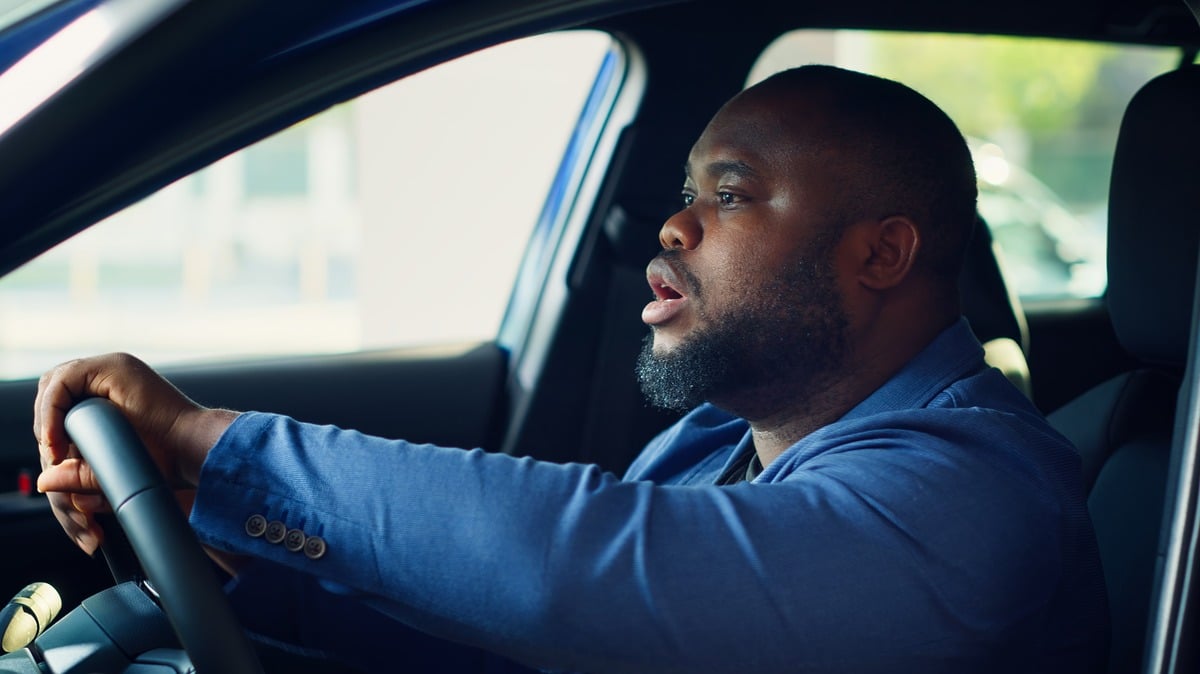
You could face several challenges if you’re involved in an accident with an uninsured driver. If the other driver is insured, their insurance will cover the damages and medical costs for both parties. However, you need that safety net when they lack insurance.
Underinsured drivers are those whose insurance may cover some costs but not all. For example, if your medical bills exceed the at-fault driver’s insurance limits, you might be left covering the difference unless you have additional coverage, such as underinsured motorist coverage.
While state laws vary, in some states, uninsured motorist coverage is mandatory. This means your insurance company will step in to cover the costs if you’re involved in an accident with an uninsured driver.
The Importance of Insurance Coverage: Why It Matters
Insurance coverage can make or break your financial stability in an accident. However, not all insurance policies are created equal, and you need to ensure you have the right coverage to protect yourself from uninsured drivers.
Here’s a breakdown of how different types of insurance coverage can help:
Uninsured Motorist (UM) Coverage
Uninsured motorist coverage protects you if you’re involved in an accident with a driver who doesn’t have insurance. It covers medical expenses, lost wages, and damages to your vehicle. If you live in a state where uninsured motorist coverage is mandatory, you’ll have this coverage automatically.
Underinsured Motorist (UIM) Coverage
UIM coverage is critical if you’re involved in an accident with a driver whose insurance limits aren’t sufficient to cover your costs. This is particularly important for serious accidents where medical bills and vehicle repairs may exceed the other driver’s coverage.
Collision Coverage
Collision coverage pays for repairs to your vehicle after an accident, regardless of fault. If you don’t have uninsured motorist coverage, collision insurance can help you cover the cost of car repairs or even replacement.
Medical Payments Coverage (MedPay)
MedPay helps pay for medical expenses related to the accident, regardless of who is at fault. This can cover hospital bills, surgeries, rehabilitation, and other treatments.
Personal Injury Protection (PIP)
PIP insurance is a type of no-fault coverage that helps pay for medical bills and lost wages, no matter who is at fault. PIP is mandatory in some states and can protect you financially after an accident with an uninsured driver.
By ensuring you have the right coverage, you can avoid financial hardship after a car accident with an uninsured driver.
What to Do Immediately After a Car Accident with an Uninsured Driver
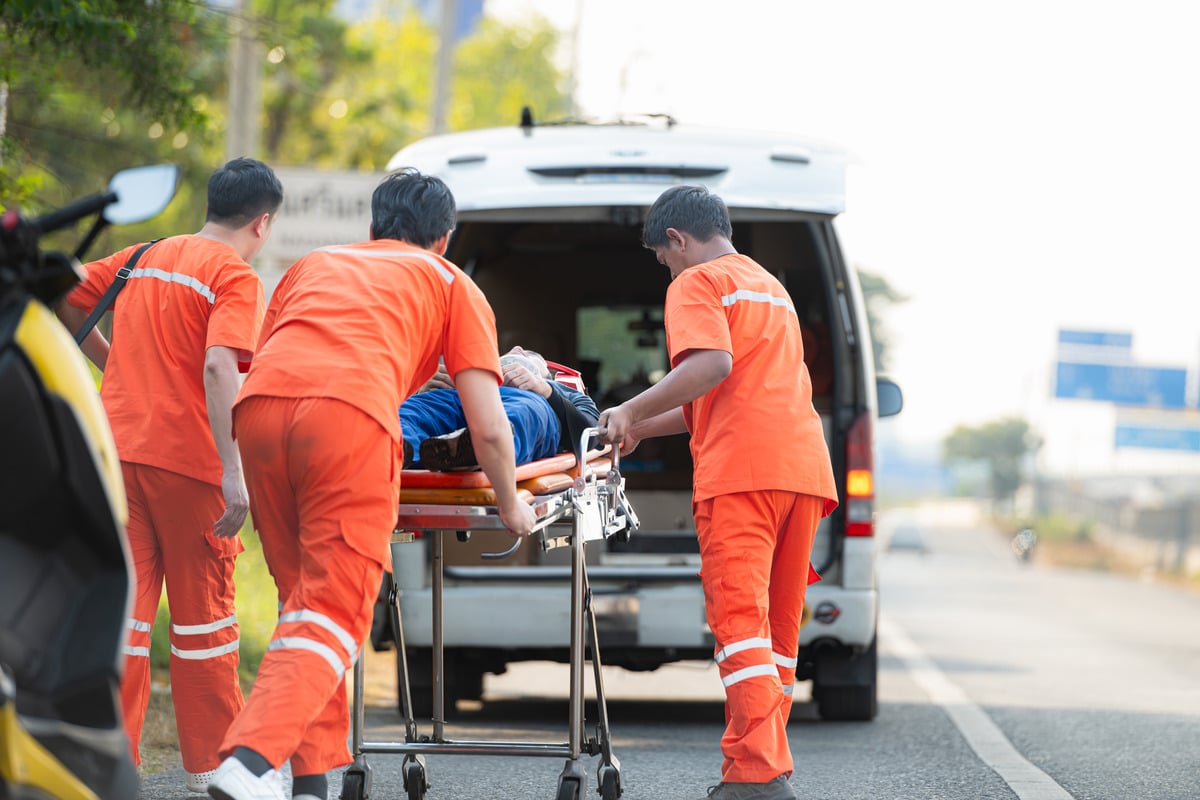
1. Ensure Safety First
Your priority should always be safety. After an accident:
- Move your vehicle to a safe area if possible.
- Turn on your hazard lights and check on your passengers and other people involved in the accident.
- If anyone is injured, call 911 right away.
2. Call the Police
Even if the accident seems minor, it’s essential to call the police and file a report. Law enforcement will assess the situation, document the incident, and issue a police report. The report is crucial for insurance claims and any potential legal action later.
3. Gather Information
Collect as much information as possible, even if the other driver doesn’t have insurance. This includes:
- Name, contact details, and driver’s license number of the other driver.
- Vehicle information: Make, model, and license plate number.
- Please provide photos of the scene, including vehicle damage, injuries, and any relevant environmental factors (such as weather conditions).
- Names and contact details of any witnesses.
4. Notify Your Insurance Company
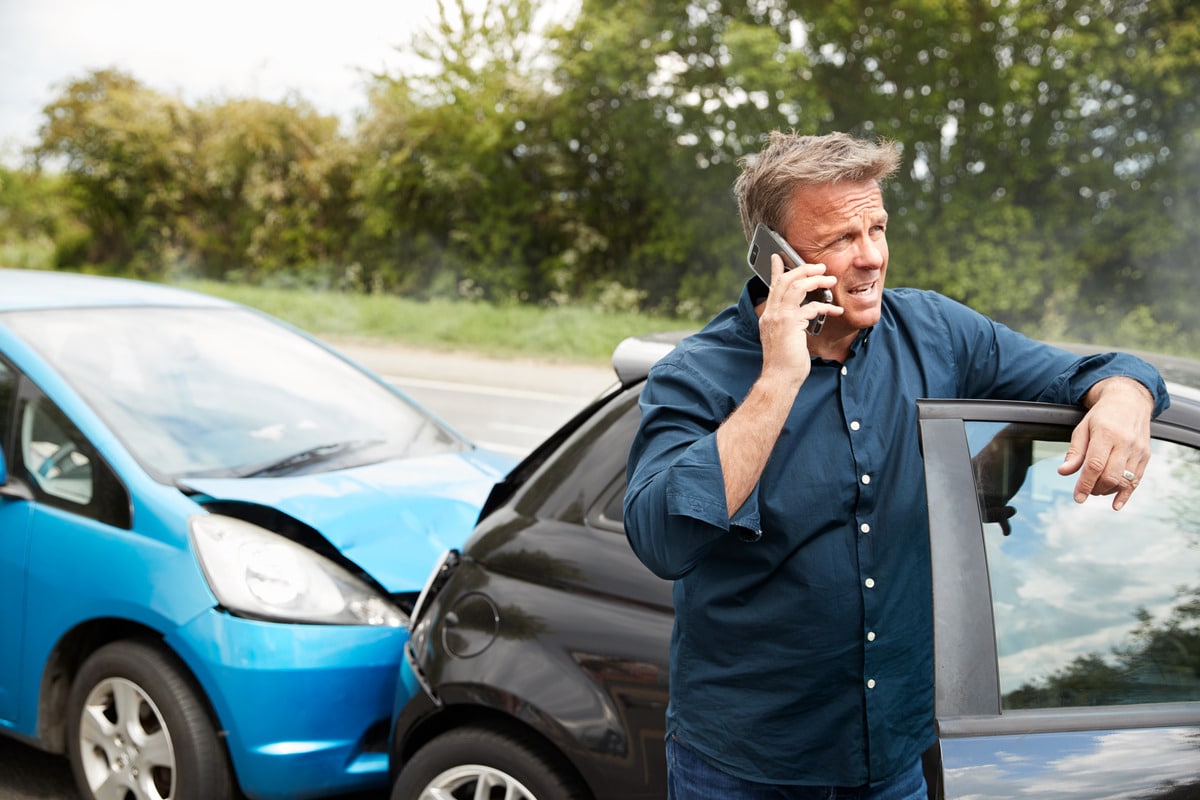
Contact your insurance provider as soon as possible after the accident. Make sure the other driver is uninsured, and provide them with the police report and any other documentation you’ve collected. Your insurance company will guide you through the next steps and inform you of the coverage that applies.
5. Seek Medical Attention
Even if you don’t feel injured immediately after the accident, it’s essential to get checked out by a medical professional. Some injuries, especially soft tissue injuries like whiplash, may not show symptoms for hours or days after the crash. Prompt medical attention ensures that your injuries are documented and helps build your case if you need to file a claim later.
Understanding Your Insurance Coverage Options
As we mentioned earlier, your insurance coverage will play a vital role in how you handle the aftermath of an accident with an uninsured driver. Here’s a more detailed explanation of your coverage options:
Uninsured Motorist Coverage
This coverage is one of the most essential forms of protection when dealing with an uninsured driver. Suppose the other driver is at fault and doesn’t have insurance. In that case, your uninsured motorist coverage will cover your medical bills, pain and suffering, and property damage up to your policy limits.
In states where this coverage is mandatory, your insurer will automatically include it in your policy. In states where it’s optional, it’s highly recommended to add it, especially if you live in an area where uninsured drivers are more prevalent.
Underinsured Motorist Coverage
Underinsured motorist coverage is a complementary coverage to uninsured motorist protection. If the other driver has insurance but their policy limits aren’t sufficient to cover all your damages, UIM coverage will cover the gap. For example, if you suffer extensive medical expenses or your vehicle requires significant repairs, UIM coverage can ensure you don’t have to pay the difference.
Collision Coverage
Collision insurance will cover repairing or replacing your vehicle after an accident, regardless of who is at fault. If the other driver is uninsured and you have no UM coverage, collision coverage can help pay for repairs, although you’ll need to pay a deductible.
Personal Injury Protection (PIP)
PIP coverage is beneficial in no-fault states, where each driver’s insurance covers their medical expenses. If you’ve been injured in an accident, PIP can cover medical bills, rehabilitation, lost wages, and funeral costs. PIP does not depend on who is at fault, so it can be beneficial when dealing with an uninsured driver.
Medical Payments (MedPay)
MedPay covers medical expenses, including doctor’s visits, hospital stays, and rehabilitation services. This can be particularly useful if you’re injured in an accident and need medical treatment immediately. MedPay typically does not cover lost wages or other non-medical expenses, unlike PIP.
How to File a Claim with Your Insurance Company
Once you’ve taken the necessary steps at the accident scene, the next step is to file a claim with your insurance company. Here’s a step-by-step guide to help you through the process:
1. Report the Accident
As soon as you can, contact your insurance provider to report the accident. Be honest about the details of the accident and inform them that the other driver was uninsured. This will help your insurance company determine what type of coverage will apply to your claim.
2. Provide Necessary Documentation
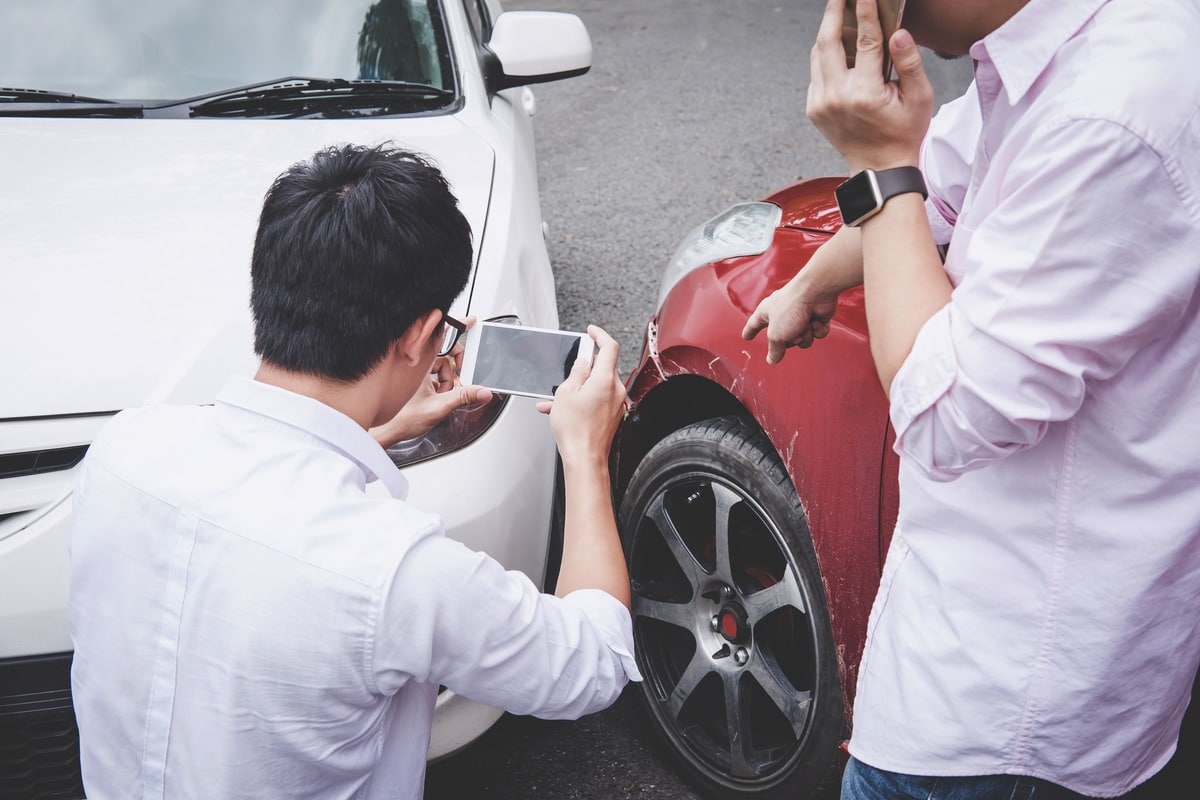
- The police report.
- Photographs of the accident scene.
- Witness statements (if applicable).
- Medical records (if you were injured).
- Any repair estimates or bills related to your vehicle damage.
3. Insurance Investigation
Your insurance company will likely assign an adjuster to review the details of your claim. The adjuster will investigate the accident, assess the damages, and determine the compensation you’re entitled to based on your coverage.
4. Receive Compensation
If the settlement amount isn’t enough to cover all your expenses, you may need to take additional legal steps.
Can You Sue an Uninsured Driver for Damages?
If the other driver is uninsured, you might wonder whether you can sue them for damages. The short answer is yes, but it’s not always the most practical solution.
Why Suing May Not Be the Best Option
While you have the legal right to sue, suing an uninsured driver can be lengthy and costly. If the other driver doesn’t have insurance, they may also lack the financial means to pay for the damages. Winning a lawsuit only sometimes guarantees you’ll collect the compensation you’re owed.
If you decide to pursue legal action, it’s best to consult with an experienced personal injury lawyer to evaluate your chances and understand the potential costs involved.
What to Do If You Can’t Find the Uninsured Driver?
In the unfortunate event of a hit-and-run, where the uninsured driver flees the scene, the process can become more complicated. If you can’t find the driver responsible for the accident, here are a few things to consider:
- File a Police Report: Ensure you file a police report immediately, even if the other driver is unidentified. The police will document the accident and begin searching for the responsible party.
- Uninsured Motorist Coverage: In hit-and-run accidents, your uninsured motorist coverage can often be applied. Your insurance provider will use the police report and other evidence to process your claim.
How to Protect Yourself from Future Incidents with Uninsured Drivers
While you can’t control the actions of other drivers, there are steps you can take to protect yourself from uninsured drivers:
- Ensure Adequate Coverage: Ensure you have comprehensive insurance coverage, including uninsured and underinsured motorist coverage. This is the most effective way to protect yourself financially.
- Drive Defensively: Always drive defensively and stay alert to your surroundings. Avoid aggressive drivers and give yourself plenty of space on the road.
- Keep Your Car in Good Condition: Regular maintenance can reduce the risk of accidents and help you avoid more severe damage in the event of a collision.
What to Expect During the Legal Process
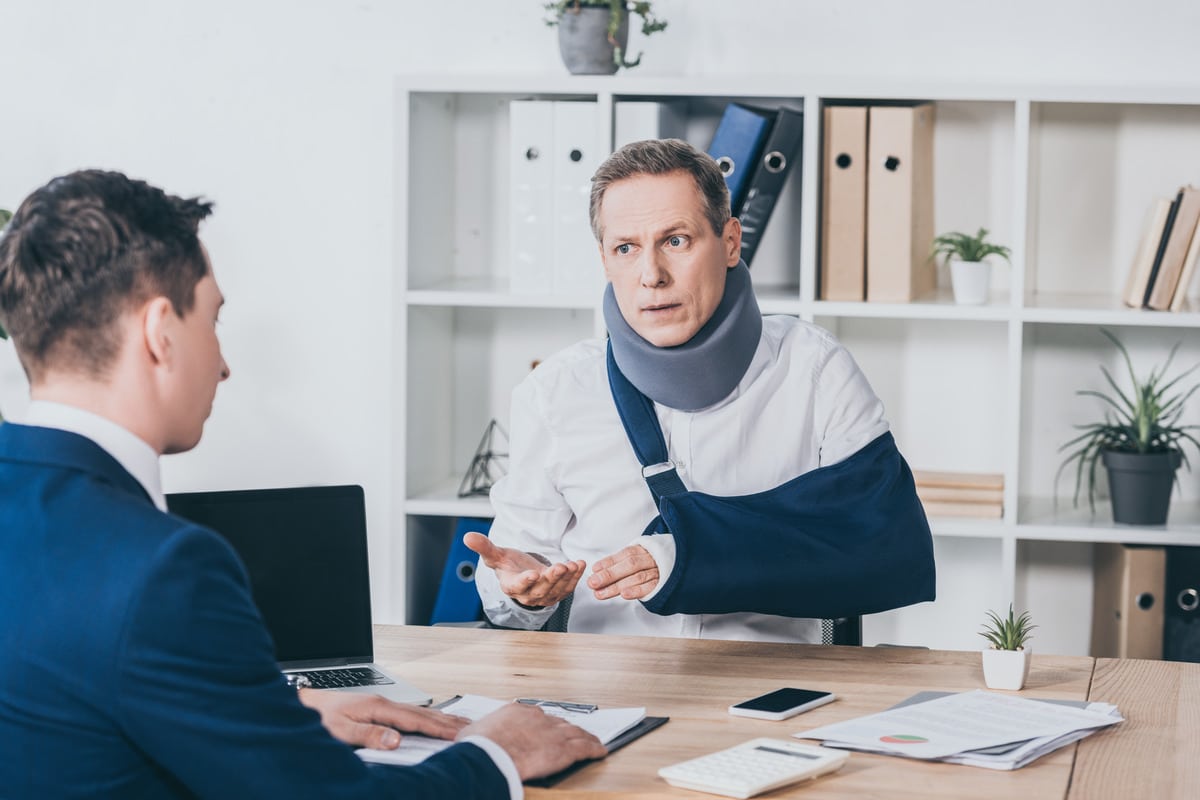
- Consultation: Meet with a lawyer to discuss your case and evaluate whether a lawsuit is right.
- Filing a Claim: If you pursue a lawsuit, your attorney will file the necessary legal documents to start the process.
- Negotiation and Settlement: Many cases are settled before going to trial. Your attorney will negotiate a settlement with the other party’s insurer or legal representation.
- Trial: Your case will go to trial if a settlement can’t be reached. Your lawyer will present your case in court, and a judge or jury will decide the outcome.
Conclusion
Roxell Richards Injury Law Firm is dedicated to helping you get the compensation you deserve. Whether you need assistance with an insurance claim or are considering legal action, our team of experienced attorneys is here to guide you every step of the way, what are you waiting for Contact Roxell Richards Law Firm today for a free consultation.
Roxell Richards Injury Law Firm
Houston, TX z7057
Phone: (713) 974-0388
Fax: (713) 974-0003

